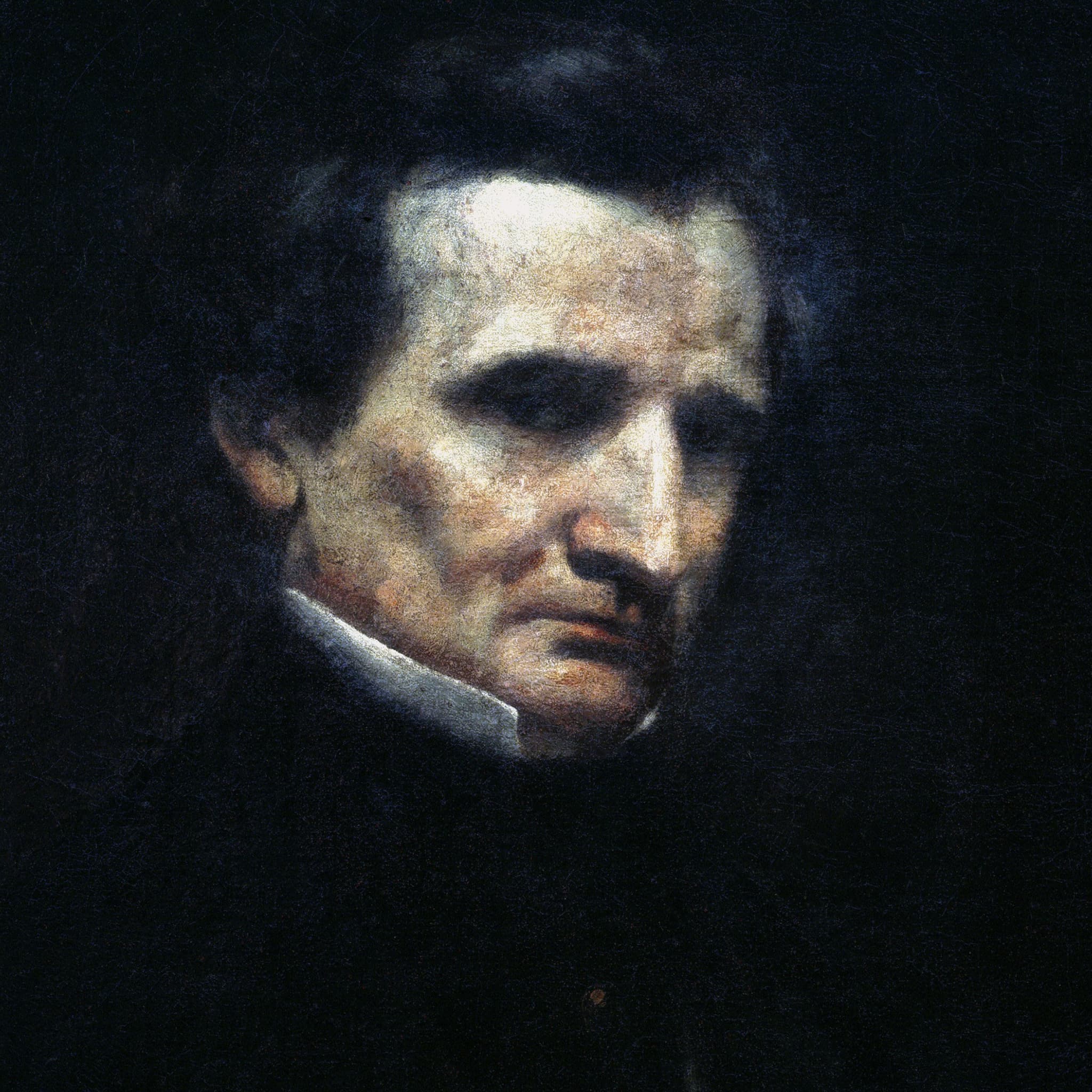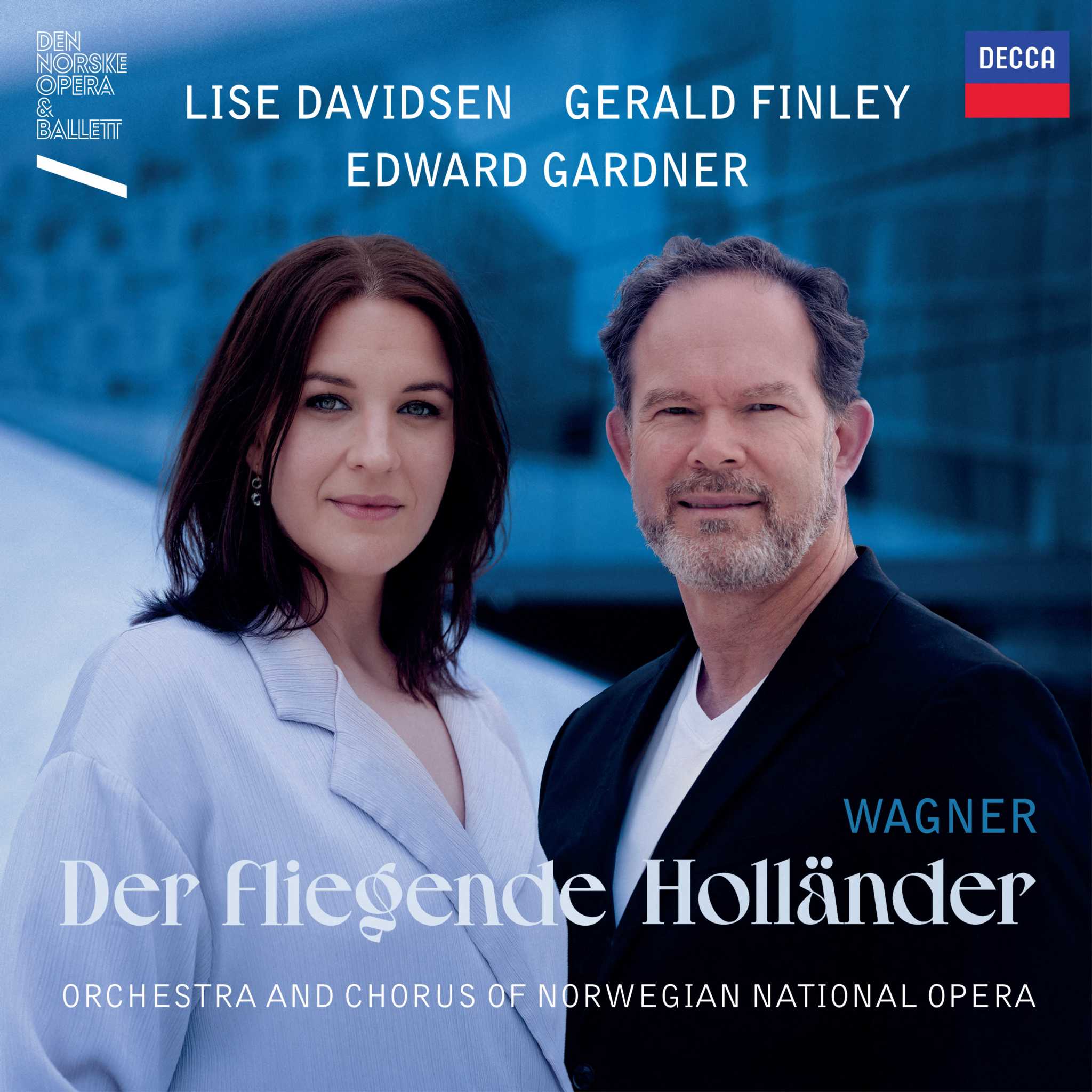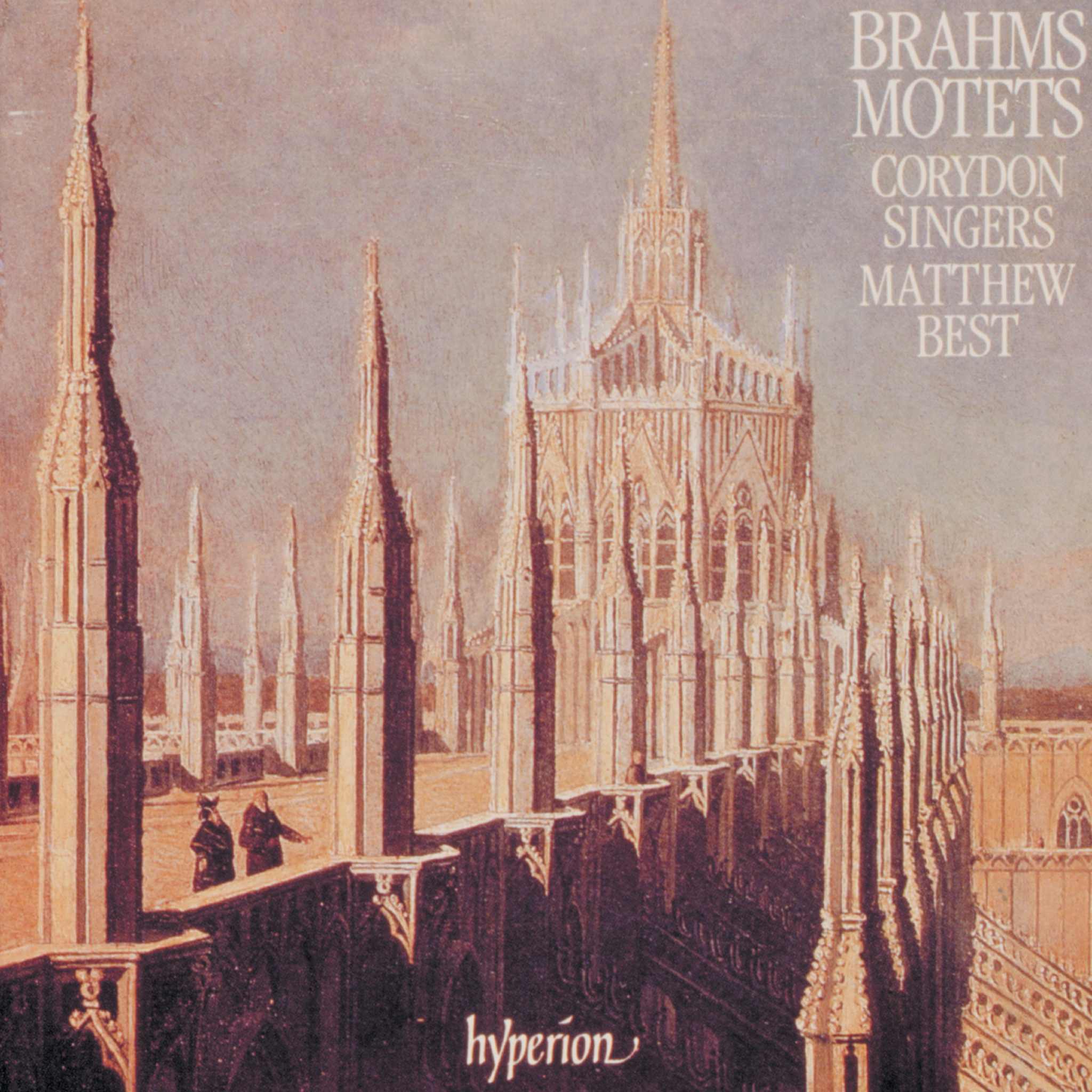Album insights
In the mid-18th century, the term "Divertimento" was widely used in Austria and Southern Germany for instrumental pieces that didn't fit under the categories of concerts or symphonies. This term served as an alternative to "Sonata" to avoid associations with seriousness. Joseph Haydn named many early piano sonatas as Divertimenti. Later, H. Ch. Koch defined "Divertimento" as music pleasing to the ear rather than expressing various emotions. It was considered the equivalent of today's Light Music.
Mozart titled various works with "Divertimento," involving different arrangements of wind and/or string instruments. The Divertimentos were composed largely before his move to Vienna in 1781. These works often catered to specific occasions. The compositions for strings and horns followed a similar six-movement structure, incorporating contrasting Menuets, an Andante, and an Adagio. The influence of these Divertimenti extended to Beethoven and Schubert's works.
The Divertimento in F Major, KV247, composed for Countess Antonia Lodron's name day celebration in June 1776, showcased Mozart's tribute to the Salzburg aristocracy. The piece was crafted for her and her daughters, showing the family's close connection to the Mozarts. This rich history intertwined personal relationships with musical compositions, defining the cultural context of the time.
Mozart's Divertimento in D Major, KV334, composed four years after the F Major Divertimento, reflected a confident maturity in composition. The piece highlighted innovative thematic developments and orchestration choices, confirming Mozart's evolving genius and creativity. This later work showcased a refined grasp of structure, with a distinctive handling of themes and tonal progressions that elevated it to a new level of musical sophistication.
In a continuous evolution of style and technique, Mozart's Divertimenti represented a bridge to the depth and complexity seen in his later works. The inventive themes, playful variations, and intricate structures within these compositions hinted at the genius that would define Mozart's enduring legacy in classical music.







